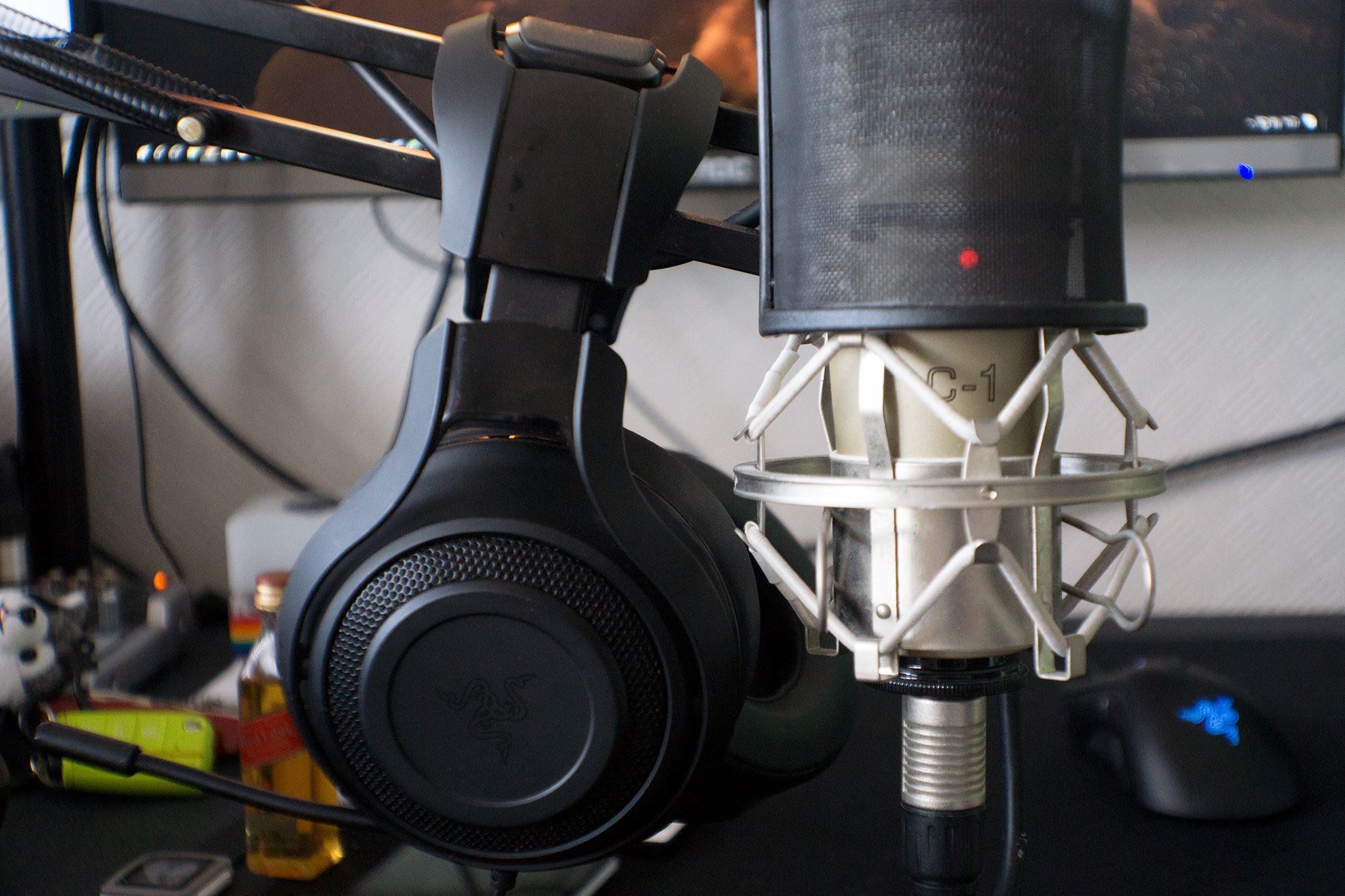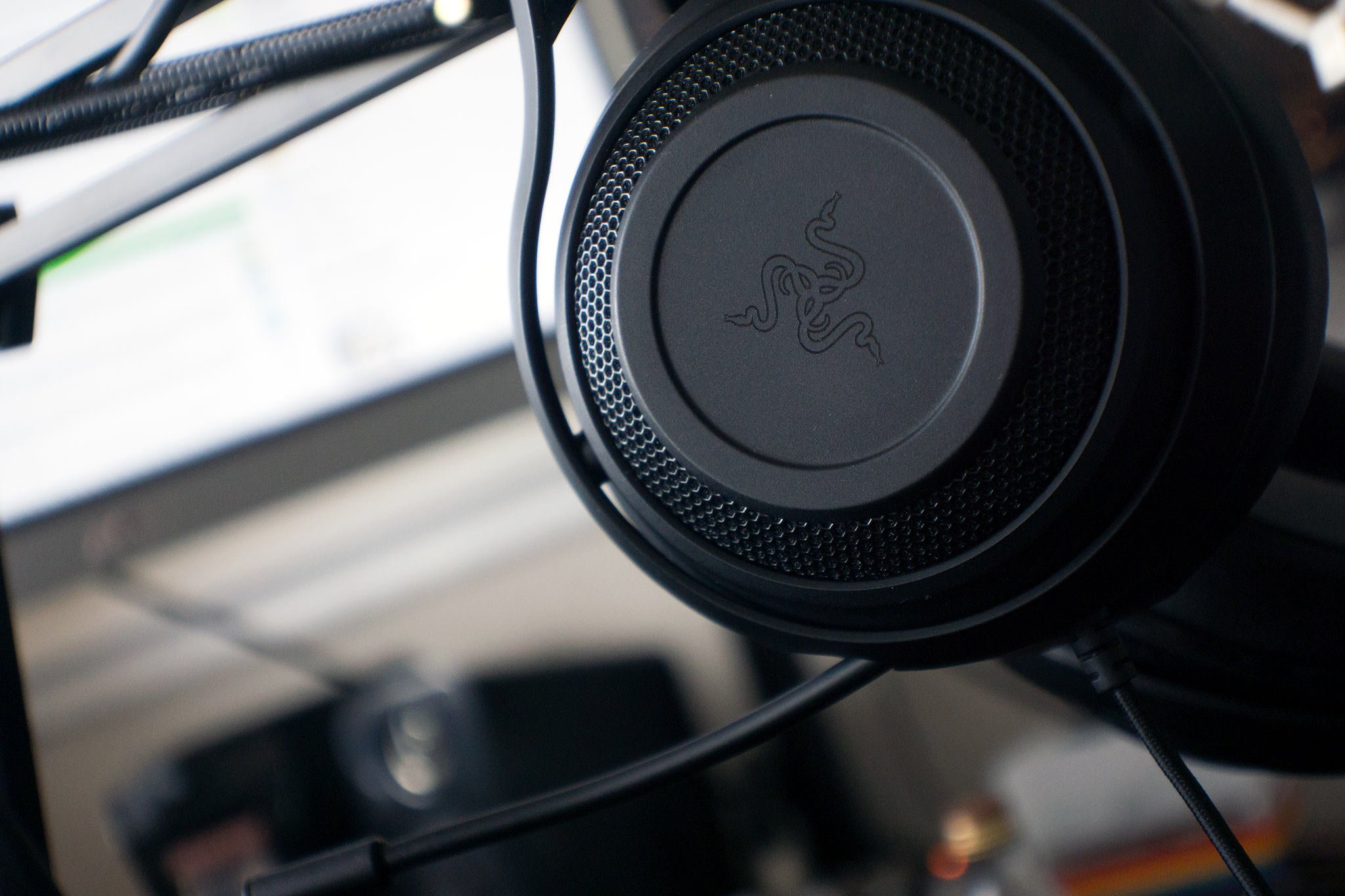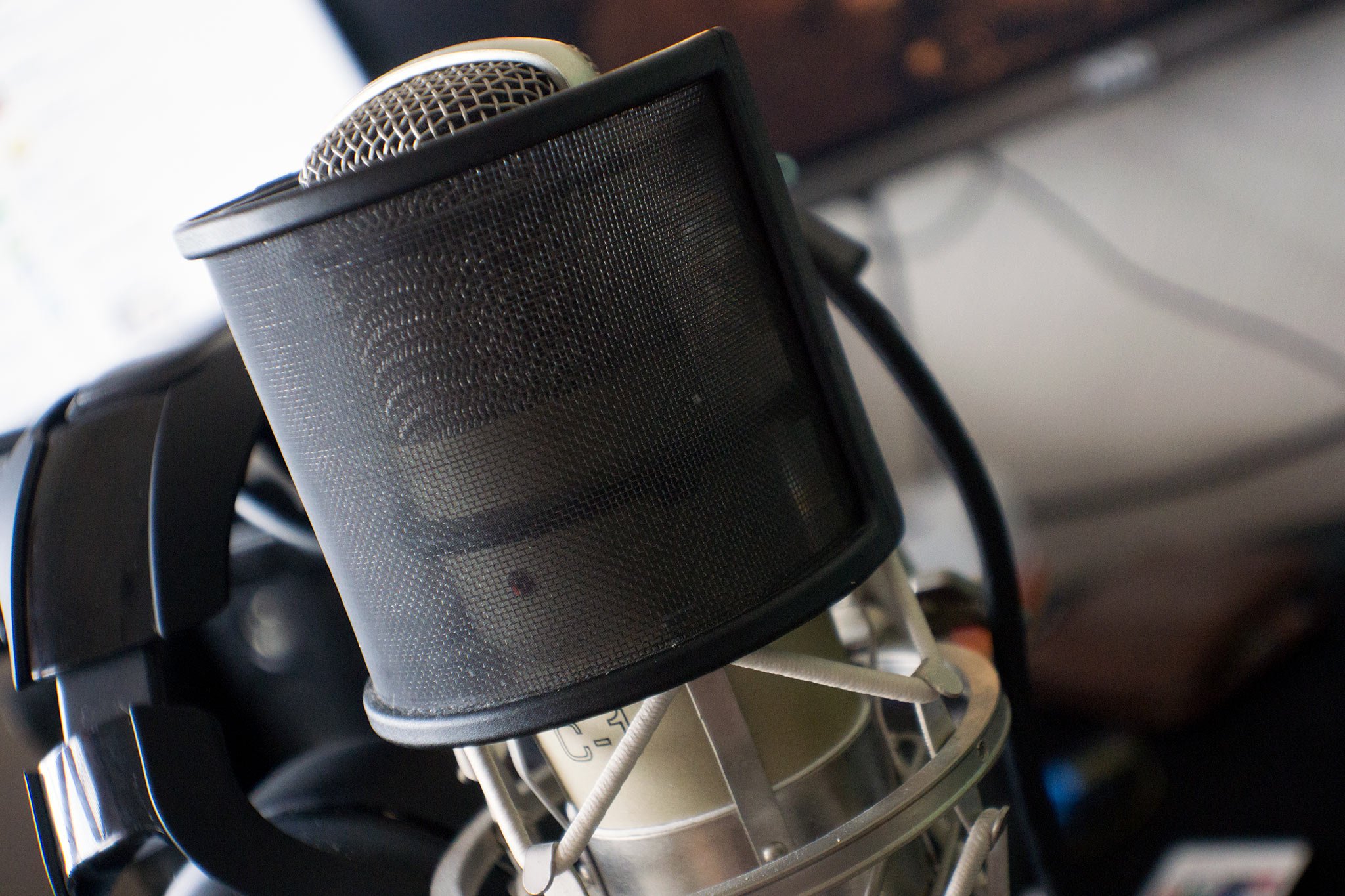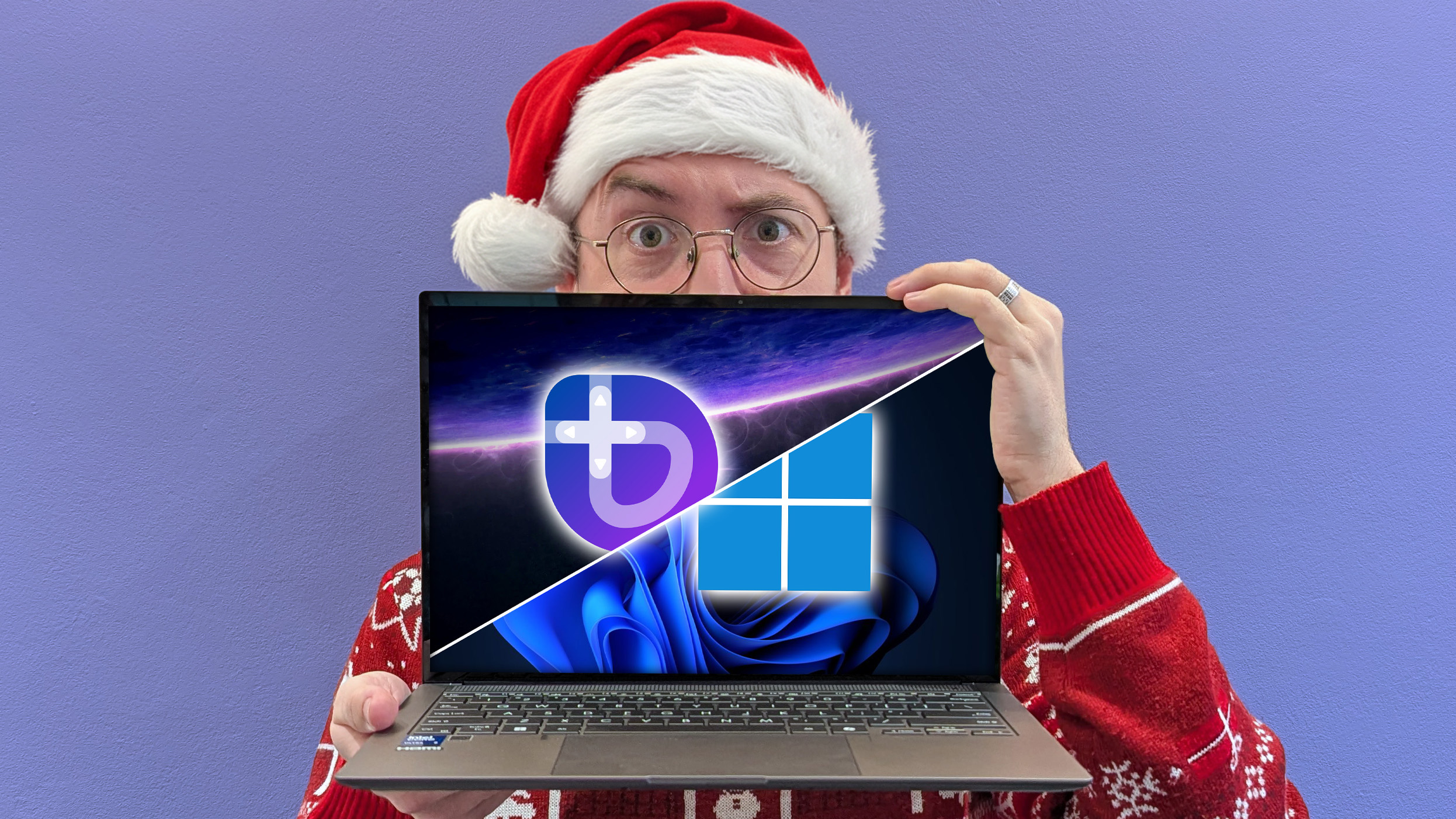Should you buy a headset or studio mic for your recording needs?
We recommend either a headset with a built-in microphone or a studio microphone and headphones setup for your audio needs. Here's what you need to know about both options

Keep it simple

Opting to invest in a quality headset with a quality microphone is a great way to keep everything simple. There's no need for extra hardware to get everything working. Simply plug in the 3.5mm connector or USB plug, and you're good to go. Another positive of headsets is that they do not require space on the desk aside from when you're not wearing them. It's less hassle for those who just want to enjoy music and media, and also play some games while talking to others.
One reason many still rely on the trusty headset is due to the accessory not picking up keyboard noise as much as a studio or desk-mounted microphone, which can pick up keystrokes and send them across to whoever may be listening on a VoIP platform. They also do a solid job of cutting out background noise and are normally positioned adjacent to the mouth to better hone in on and pick up your voice.
It's also not required that it remain in place for a microphone to pick up input, because the headset is attached to your body and follows your movement. Finally, headsets are generally cheaper to purchase. You only need to spend up to $150 for a quality product that will last a number of years before its cups need replacing. It's also possible to pick up a bargain or a more affordable option that works just as well.
Headsets
- HyperX Cloud II headset
- Logitech G930 headset
- Razer Kraken 7.1 V2 Chroma headset
- Senneheiser GAME One headset
Become a professional

Headset microphones are great for communication and gaming, but if you want to take your voice to new levels, it's worth looking into studio microphones. These expensive alternatives to headsets are simply recording devices that are installed onto a mount or desktop stand and are positioned and configured in such a way to pick up voice and ignore background noise. Once you have everything up and running, they're incredible tools for a variety of applications.
An issue with these types of microphones is not only the added price, but some also require extra components and time to adjust various levels to achieve a great experience. For a condenser microphone, you'll need to pick up a pre-amp, phantom power supply, and necessary cabling. This can set you back $200 or more. Fortunately, you get a far better experience by investing more.
How to connect a non-USB microphone to a PC
Pair up a dedicated microphone with quality headphones, and you have great sound input and output. That's perfect for gaming, recording and media playback. There are USB-friendly microphones that are manufactured for plug-n-play with a PC, though these can be a hit or miss depending on what you require. Here are some examples of noteworhty USB microphones:
All the latest news, reviews, and guides for Windows and Xbox diehards.

Rich Edmonds was formerly a Senior Editor of PC hardware at Windows Central, covering everything related to PC components and NAS. He's been involved in technology for more than a decade and knows a thing or two about the magic inside a PC chassis. You can follow him on Twitter at @RichEdmonds.
